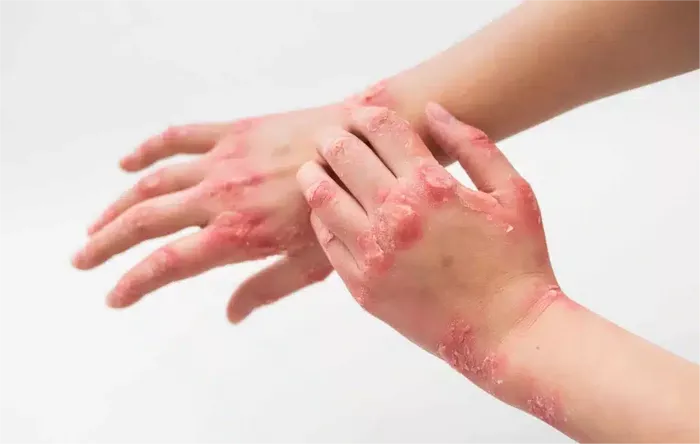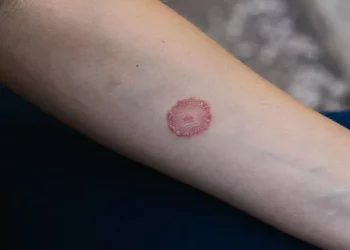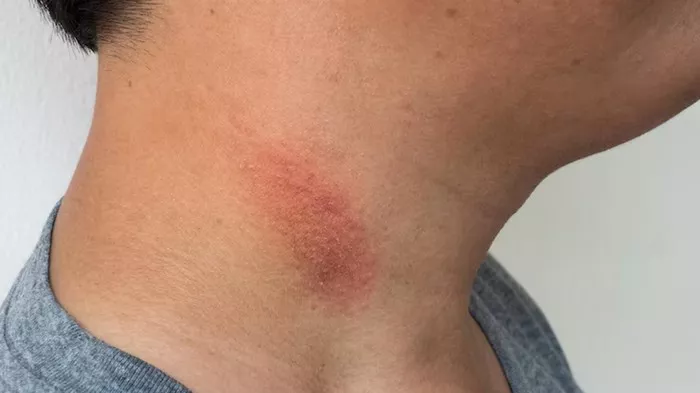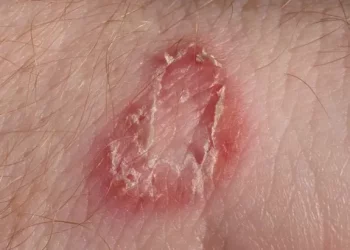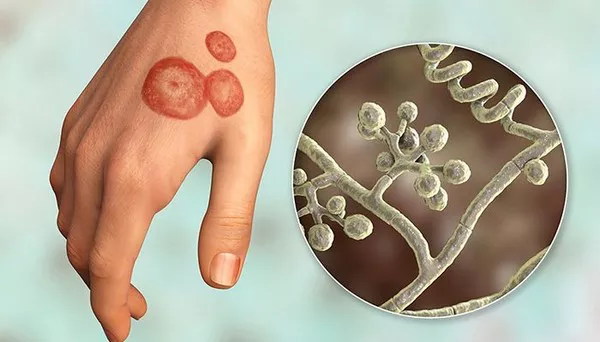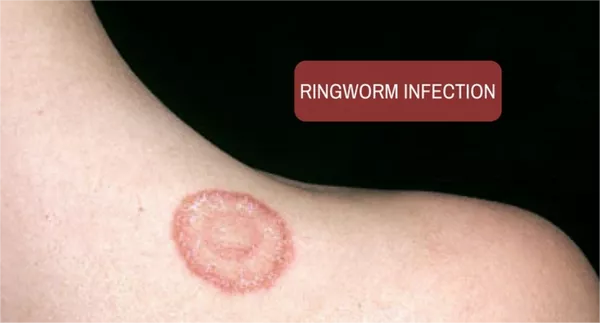Ringworm, despite its name, is not a worm but a fungal infection that affects the skin, scalp, and nails. It is known for its distinctive, ring-shaped rash and can be caused by various fungi belonging to the dermatophyte family. This article aims to provide a comprehensive overview of the dangers associated with ringworm, exploring its potential complications, effects on different populations, and how it can be managed effectively.
Understanding Ringworm
What Is Ringworm?
Ringworm, or tinea, is a contagious fungal infection that can affect various parts of the body. It is called “ringworm” due to the ring-like rash that often appears on the skin. The infection is caused by dermatophytes, which are fungi that thrive on keratin, a protein found in skin, hair, and nails. The most common types of ringworm include:
- Tinea corporis: Ringworm of the body
- Tinea capitis: Ringworm of the scalp
- Tinea pedis: Athlete’s foot, or ringworm of the feet
- Tinea cruris: Jock itch, or ringworm of the groin
- Tinea unguium: Ringworm of the nails
SEE ALSO: How to Get Rid of Scalp Ringworm
Symptoms and Diagnosis
Symptoms of ringworm can vary depending on the location of the infection. Common signs include:
- Skin: A red, itchy, circular rash with a raised, scaly border
- Scalp: Itchy, scaly patches with possible hair loss
- Feet: Itching, burning, and peeling skin, often between the toes
- Groin: Red, itchy rash in the groin area
- Nails: Discolored, thickened, and brittle nails
Diagnosis is typically based on visual inspection and can be confirmed through skin scrapings, fungal cultures, or microscopy.
Potential Dangers and Complications
Infection Spread
One of the primary concerns with ringworm is its contagious nature. The fungi can spread through:
- Direct contact: Touching an infected person or animal
- Indirect contact: Using contaminated items such as towels, combs, or clothing
- Environmental surfaces: Walking barefoot on contaminated floors or surfaces
Complications
While ringworm is generally not severe, it can lead to complications if left untreated:
- Secondary Bacterial Infections: Scratching or rubbing the affected area can introduce bacteria, leading to secondary infections.
- Chronic Infections: Untreated or recurrent cases can lead to chronic infections that are more difficult to manage.
- Hair Loss: Ringworm of the scalp can cause significant hair loss, which may be temporary or permanent if not treated promptly.
- Nail Damage: Tinea unguium can cause permanent nail damage, including thickening, discoloration, and loss of the nail.
Effects on Vulnerable Populations
Certain groups may be more at risk of severe complications from ringworm:
- Children: Young children, particularly those in close contact settings like schools or daycare centers, are more susceptible to ringworm.
- Elderly: Older adults may have weakened immune systems, making them more prone to infections and complications.
- Immunocompromised Individuals: People with weakened immune systems, such as those with HIV/AIDS or undergoing chemotherapy, may experience more severe symptoms and complications.
Treatment and Management
Topical Antifungal Medications
For most cases of ringworm, topical antifungal treatments are effective. These include:
- Over-the-Counter Options: Medications such as clotrimazole, miconazole, and terbinafine
- Prescription Options: Stronger antifungals like ketoconazole or econazole for more severe cases
Oral Antifungal Medications
In cases where ringworm is extensive, involves the scalp or nails, or does not respond to topical treatments, oral antifungals may be necessary. These include:
- Griseofulvin
- Terbinafine
- Itraconazole
Home Care and Prevention
In addition to medication, maintaining good hygiene and following preventive measures can help manage and prevent ringworm:
- Avoid Sharing Personal Items: Do not share towels, combs, or clothing.
- Keep Affected Areas Dry: Fungi thrive in warm, moist environments.
- Clean and Disinfect: Regularly clean and disinfect shared surfaces and items.
- Practice Good Hygiene: Wash hands frequently and thoroughly.
Conclusion
While ringworm is generally not dangerous and can be effectively treated with antifungal medications, it can lead to complications if left untreated or if the infected individual is part of a vulnerable population. Understanding the symptoms, risks, and treatment options is crucial for managing this fungal infection and preventing its spread. Proper hygiene and prompt medical care can help ensure that ringworm is treated effectively and complications are minimized.
By staying informed and taking appropriate measures, individuals can effectively manage ringworm and prevent it from becoming a significant health concern.
Related Topics:

